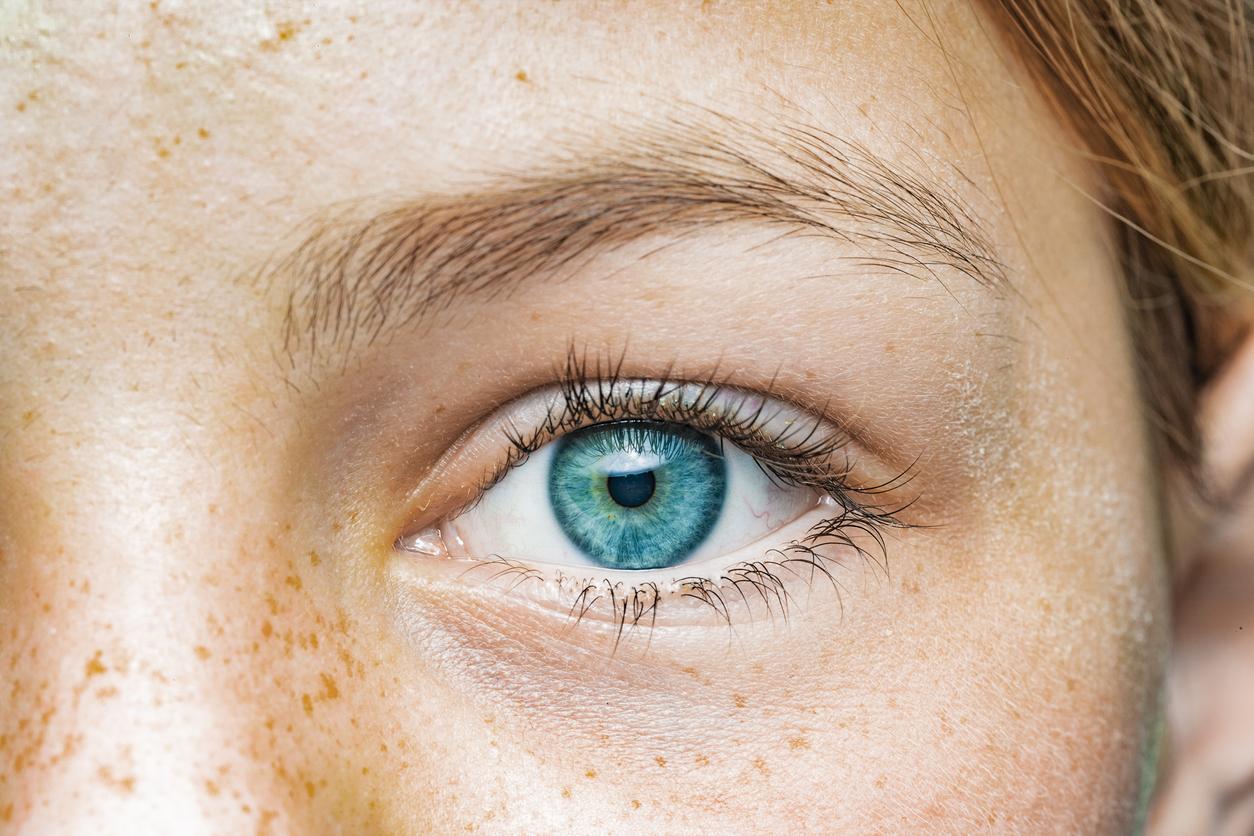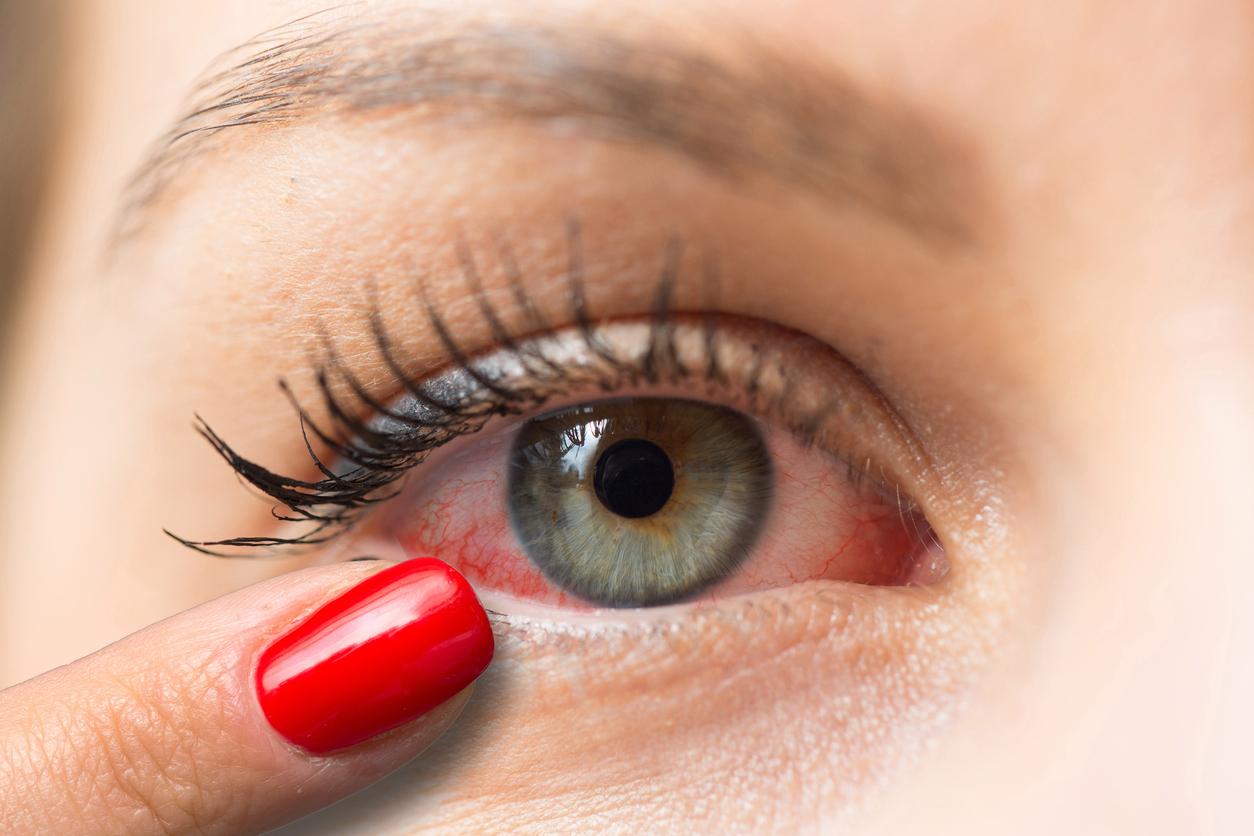15 micrometers. It is the microscopic thickness of the last find of Haminder Dua, professor at the University of Nottingham which will henceforth bear his name, the “Dua layer”. This therefore becomes the sixth official layer of the cornea, the transparent anterior part of the eye-ball. In the review Ophthalmology, the researcher explains that this layer is located between the corneal stroma and Descemet’s membrane. They were able to identify it through injections of fine air bubbles between the strata of a cornea from eyes donated for research. These air infiltrations were used to separate the different layers to better observe them under the microscope.
If the quidam has difficulty seeing the interest of this discovery, the researchers suggest that it could simplify the operations like transplantsor corneal transplants. “By having identified this new, distinct layer deep within the tissue of the cornea, we can now harness its presence to make operations safer and easier for patients,” Professor Dua said in a statement.
The Dua layer will also advance work on eye diseases such as corneal hydrops characterized by a milky white appearance of the cornea. According to Professor Dua, this pathology is linked to the accidental arrival of a tear in Dua’s layer. A track that researchers intend to dig.
A sixth layer discovered in the human eye
Loading widget


















